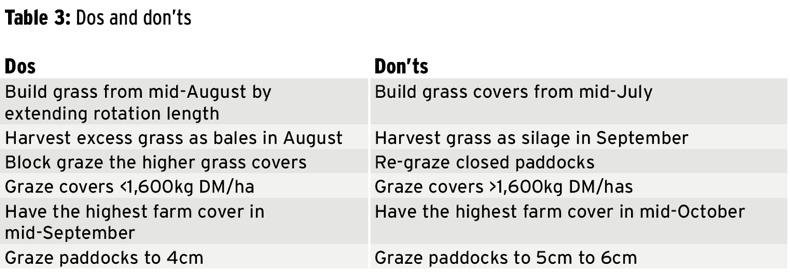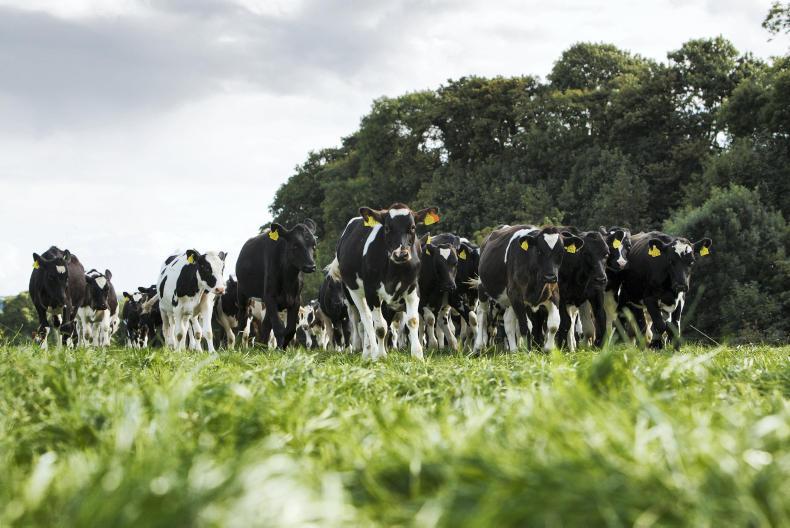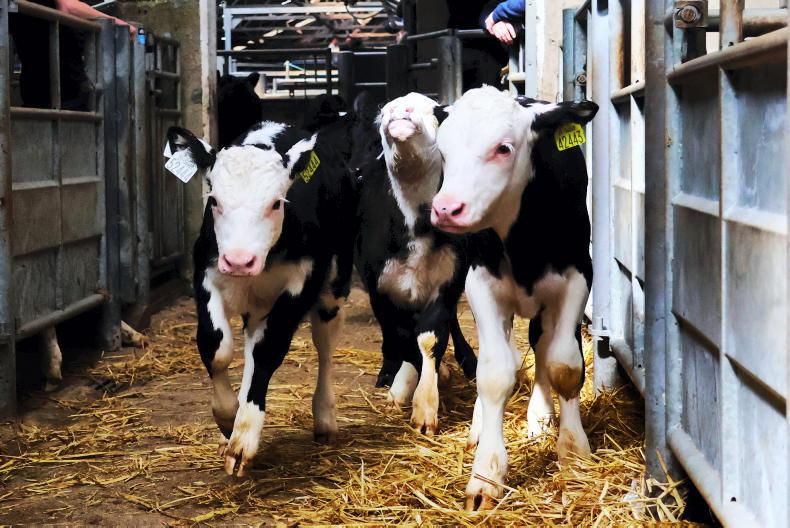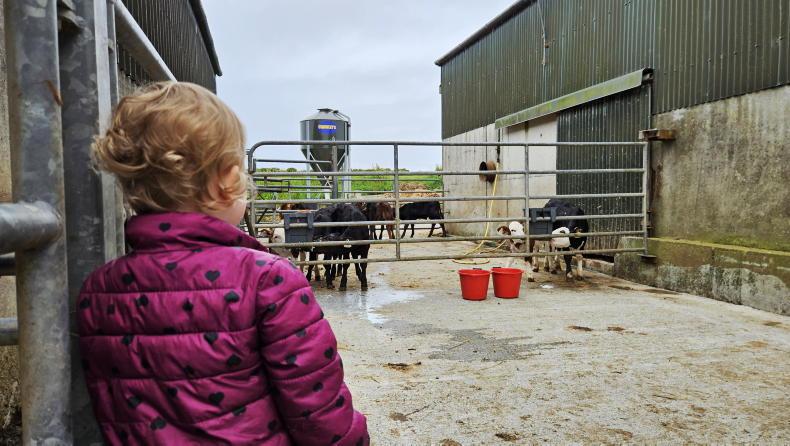This is particularly important in a 16-month bull system, as the bulls can only benefit from one grazing season. Good management of grass is essential, as any setback at this stage can cause delays in the calves reaching target weights and result in bulls missing target kill dates and specification.
Early turnout is critical to maximising the gains achieved from grazed grass. Turning calves out to grass early, combined with meeting the target liveweight gains will ensure that the bulls reach the target liveweight at housing.
Getting turnout right
Prior to turnout, gradually acclimatise the calves from indoor to outdoor rearing. Never abruptly wean and turnout straight after. Ideally, calves should have access to a sheltered paddock/field at turnout.

*Some calves may be reared outside, so reduce turnout weight and meal intakes accordingly.
Grazing calves post-weaning
Young calves are selective eaters at grass and should not be forced to graze down swards to 4cm. Over the first four to six weeks of grazing, daily allocations of fresh grass should be carried out in order to maximise grass intake.

Autumn grazing management

Leader-follower system
For four to six weeks after turnout, calves should be allocated fresh grass on a two- to three-day basis. Pre-grazing covers of 8cm (1,300kg DM/ha) are ideal for young calves. The calves should be moved on quickly when the swards are grazed down to about 6cm. A leader/follower system of grazing works best where swards are cleaned out to 4cm by older stock such as bullocks, dry cows, etc.
Maintaining grass quality
Where it is not possible to operate a leader-follower system of grazing, grass quality will have to be controlled by topping pasture after calves have grazed. In this situation, it will be necessary to target a maximum pre-grazing cover of no more than 8cm. Once the area has been grazed, it would need to be topped to ensure high-quality grass regrowth.
Later in the season, silage aftermath is ideal for grazing young calves on, once it is available. The grass will be of excellent quality and, in addition, the pasture will have a low worm burden.
Rotation length should be:
24 to 28 days in spring rotations.Reduced to 14 to 17 days in May, June and July.Extended to 35 to 40 days by mid-September.30 to 40 days in last rotation, with the first field closed from 10 to 15 October, This should be seven to 10 days earlier on heavier soils. Read more
Grass growth up 30% in 2017 so far
Watch: Boosting cattle performance with high quality swards
This is particularly important in a 16-month bull system, as the bulls can only benefit from one grazing season. Good management of grass is essential, as any setback at this stage can cause delays in the calves reaching target weights and result in bulls missing target kill dates and specification.
Early turnout is critical to maximising the gains achieved from grazed grass. Turning calves out to grass early, combined with meeting the target liveweight gains will ensure that the bulls reach the target liveweight at housing.
Getting turnout right
Prior to turnout, gradually acclimatise the calves from indoor to outdoor rearing. Never abruptly wean and turnout straight after. Ideally, calves should have access to a sheltered paddock/field at turnout.

*Some calves may be reared outside, so reduce turnout weight and meal intakes accordingly.
Grazing calves post-weaning
Young calves are selective eaters at grass and should not be forced to graze down swards to 4cm. Over the first four to six weeks of grazing, daily allocations of fresh grass should be carried out in order to maximise grass intake.

Autumn grazing management

Leader-follower system
For four to six weeks after turnout, calves should be allocated fresh grass on a two- to three-day basis. Pre-grazing covers of 8cm (1,300kg DM/ha) are ideal for young calves. The calves should be moved on quickly when the swards are grazed down to about 6cm. A leader/follower system of grazing works best where swards are cleaned out to 4cm by older stock such as bullocks, dry cows, etc.
Maintaining grass quality
Where it is not possible to operate a leader-follower system of grazing, grass quality will have to be controlled by topping pasture after calves have grazed. In this situation, it will be necessary to target a maximum pre-grazing cover of no more than 8cm. Once the area has been grazed, it would need to be topped to ensure high-quality grass regrowth.
Later in the season, silage aftermath is ideal for grazing young calves on, once it is available. The grass will be of excellent quality and, in addition, the pasture will have a low worm burden.
Rotation length should be:
24 to 28 days in spring rotations.Reduced to 14 to 17 days in May, June and July.Extended to 35 to 40 days by mid-September.30 to 40 days in last rotation, with the first field closed from 10 to 15 October, This should be seven to 10 days earlier on heavier soils. Read more
Grass growth up 30% in 2017 so far
Watch: Boosting cattle performance with high quality swards












SHARING OPTIONS